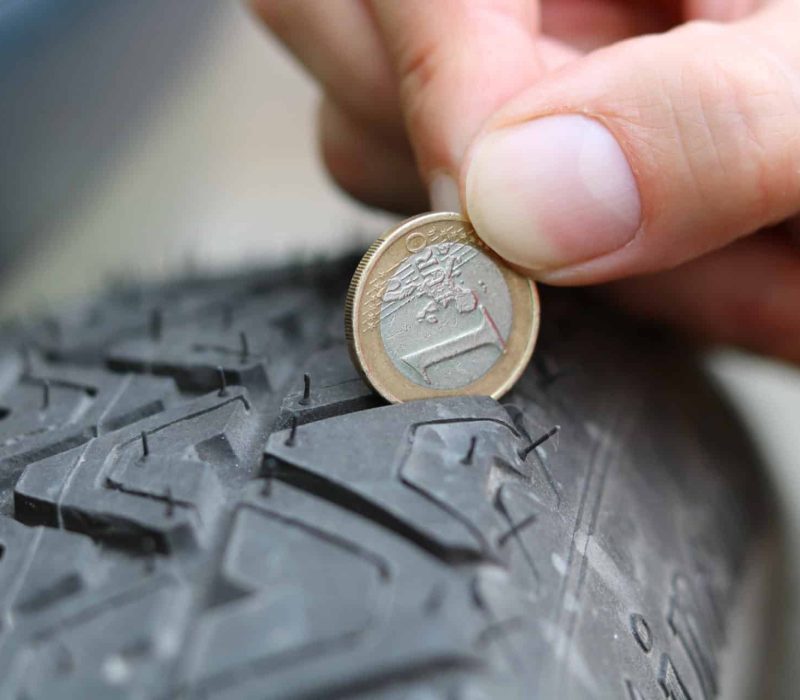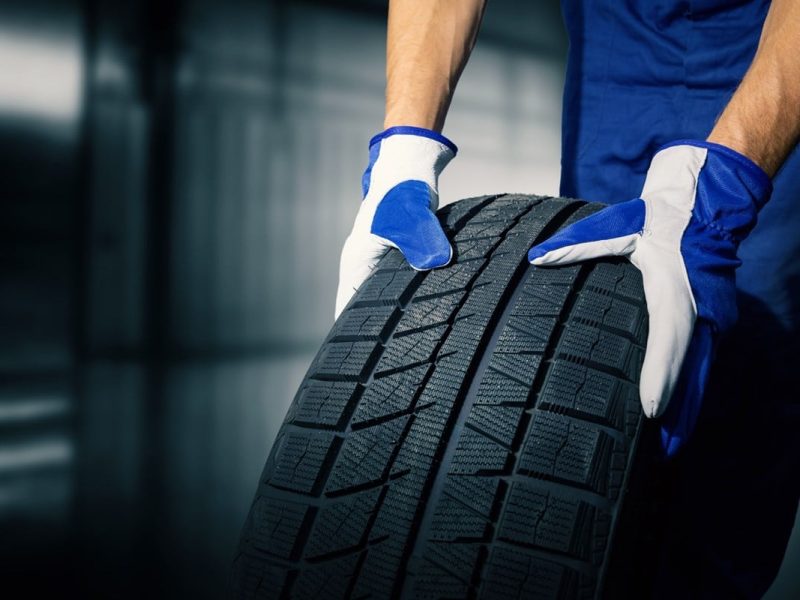Tyre Tread Depth for Irish Winters: How to Stay Legal and Safe
Tyres are the only contact points between your car and the road. In winter, when rain, standing water and cold surfaces are common, tread depth becomes critical. Understanding the legal requirement and the practical safety target helps you make informed decisions before the weather turns.

Legal minimum versus safe minimum
Irish law requires at least 1.6 mm of tread depth across the central three-quarters of the tyre around its full circumference. That is the line below which you are breaking the law. For wet and wintry conditions, aim for 3 mm. The extra depth improves water dispersal and shortens stopping distances on cold, slippery roads.
How to measure tread depth
A tread depth gauge is inexpensive and accurate. Insert it into the main grooves at several points across the tyre and around the circumference. Built‑in tread wear indicators also offer a quick check. If the tread is level with those small raised bars, the tyre is at the legal limit and needs replacing. Always examine sidewalls for cuts, bulges or visible cords, and remove any embedded stones or debris.
Why 3 mm matters in winter
As tread depth drops, the tyre’s channels move less water. Braking distances increase and aquaplaning starts at lower speeds. In heavy Dublin rain, especially on fast routes where surface water gathers, the difference between 1.6 mm and 3 mm can be the difference between stopping safely and sliding into trouble.
Pressures and even wear
Under‑inflation increases heat and shoulder wear. Over‑inflation reduces the contact patch and traction. Check pressures when tyres are cold and set them to the manufacturer’s figures. Uneven wear at the inner or outer edge often points to poor alignment. A quick geometry correction can add thousands of kilometres to tyre life and improves steering feel.

Rotation and replacement
Rotating tyres at service intervals helps even out wear on front‑wheel‑drive cars, which work the front tyres hardest. Replace tyres that are approaching 3 mm going into winter, that show cupping or flat spots, or that vibrate even after balancing. Age matters too. Rubber hardens over time, so tyres older than six years may lose performance even with adequate tread.
Choosing the right tyre
Quality all‑season or premium summer tyres with good wet‑grip ratings are suitable for most Irish conditions. If you drive regularly on rural routes with frequent standing water, prioritise wet braking and aquaplaning resistance in independent tests.
NCT considerations
Tyres below the legal limit or damaged sidewalls are a common reason for test failures. Check all four tyres and the spare, set pressures correctly and arrive with the wheel trims removed if required by your model. Good tyres safeguard your family and protect your licence during the wettest months.

